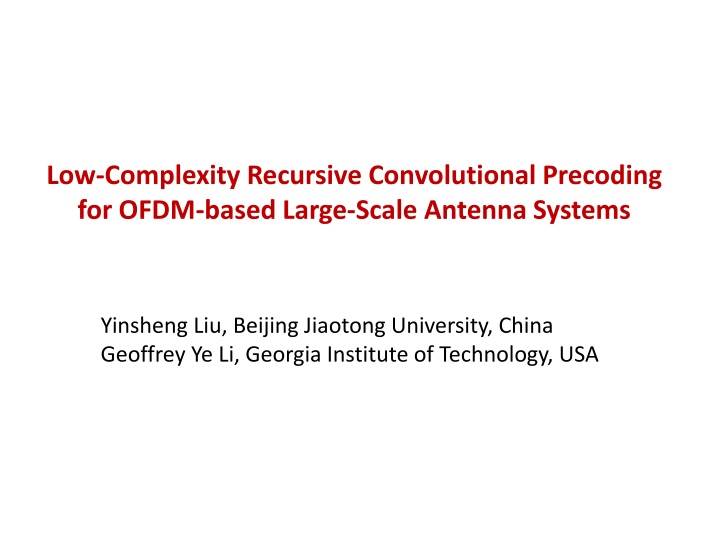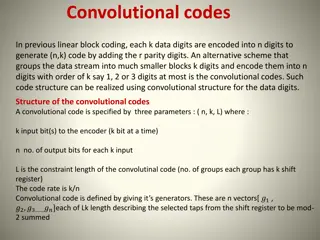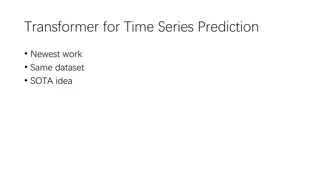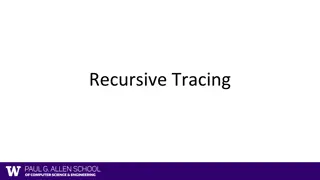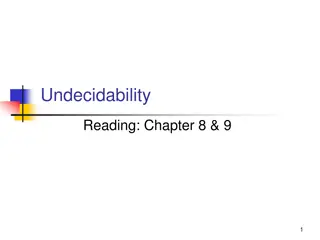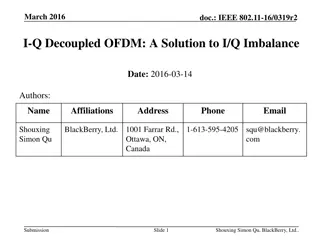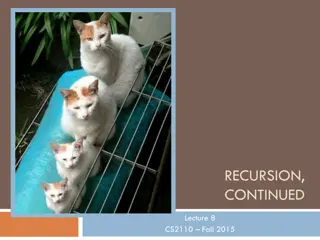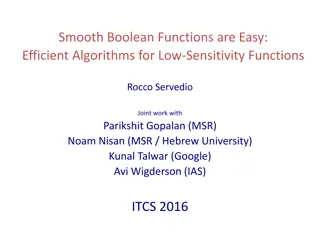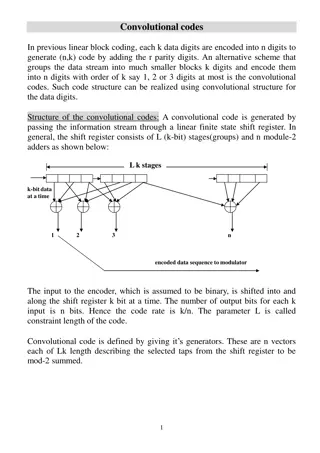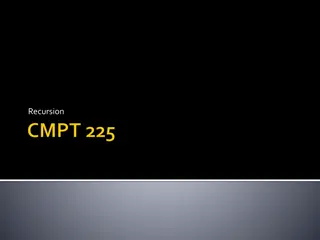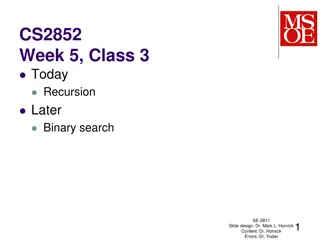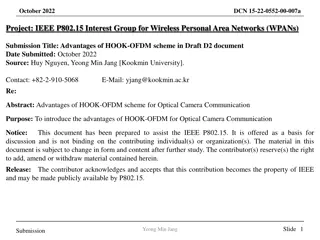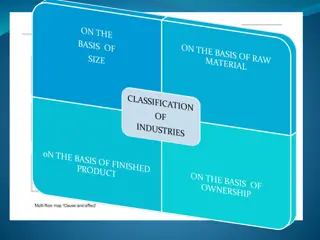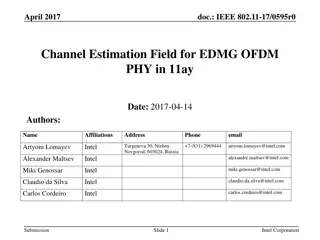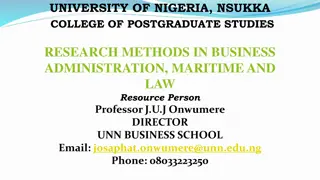Low-Complexity Recursive Convolutional Precoding for OFDM-based Large-Scale Antenna Systems
Explore the novel approach of low-complexity recursive convolutional precoding for optimizing OFDM-based large-scale antenna systems. Discover how this technique revolutionizes traditional FD precoding for enhanced efficiency and reduced complexity, offering insights into system models, performances, and conclusions.
Download Presentation

Please find below an Image/Link to download the presentation.
The content on the website is provided AS IS for your information and personal use only. It may not be sold, licensed, or shared on other websites without obtaining consent from the author.If you encounter any issues during the download, it is possible that the publisher has removed the file from their server.
You are allowed to download the files provided on this website for personal or commercial use, subject to the condition that they are used lawfully. All files are the property of their respective owners.
The content on the website is provided AS IS for your information and personal use only. It may not be sold, licensed, or shared on other websites without obtaining consent from the author.
E N D
Presentation Transcript
Low-Complexity Recursive Convolutional Precoding for OFDM-based Large-Scale Antenna Systems Yinsheng Liu, Beijing Jiaotong University, China Geoffrey Ye Li, Georgia Institute of Technology, USA
Authors Yinsheng Liu Beijing Jiaotong University, China Email: ys.liu@bjtu.edu.cn. Geoffrey Ye Li Georgia Institute of Technology, USA Email: liye@ece.gatech.edu.
Outlines Introduction System Model Recursive Convolutional Precoding Performances Conclusions
Introduction Large-Scale Antenna (LSA) system Key technology for 5G Large amount of antennas at the base-station Improved spectrum- and energy-efficiencies LSA-OFDM: combination of LSA and OFDM Straightforward evolution from MIMO-OFDM Provide frequency-selective channels for LSA systems
Introduction Drawback: large complexity of LSA-OFDM due to Huge number of IFFT/FFT modules Matrix inverse for ZF/MMSE precodings Our Solution: recursive convolutional precoding Recursive: no need of matrix inverse Convolutional: reduce the number of IFFT/FFTs
System Model Scenario: Downlink multiuser precoding M antennas at the BS P users with single antenna for each user Received signal at n-th OFDM block and k-th subcarrier P-by-1 M-by-P P-by-1 noise vector receive vector precoding matrix P-by-M P-by-1 channel matrix transmit vector Channel statistics with different large-scale gain
Recursive Convolutional Precoding Low-complexity of recursive convolutional precoding Recursive: no need of matrix inverse Convolutional: reduce the number of IFFT/FFTs From traditional to recursive convolutional precoding Step I: conversion from traditional frequency-domain (FD) precoding to recursive FD precoding Step II: conversion from recursive FD precoding to convolutional precoding in time domain (TD)
Step I Traditional FD precoding (e.g. ZF) Taylor expansion (matrix form) Taylor expression Q+1-th order Taylor expression of Matrix form to vector form Taylor expansion (vector form) p-th column of From order recursion to time recursion Recursive FD precoding
Step II Recursive FD precoding vector includes precoding coefficients on al l antennas vector re-arrange Re-arrang vector representation vector includes precoding coefficients on al l subcarriers Converted to convolutional precoding DFT Estimation error for adaptive control CIR
Structure Recursive convolutional precoding includes convolutional precoding recursive updating error calculation
Performances Complexity comparison among Proposed approach Truncated polynomial expansion (TPE) (Q iterations) Traditional FD ZF (B subcarriers share same precoding matrix) Symbol-error-rate (SER) simulation ETU channel with equal large gains for different users QPSK modulation 5MHz LTE bandwidth (512 FFT size and 300 data subcarriers) 100 antennas and 10 users
Complexity comparison Significant complexity reduction
SER Simulation Significant improvement than MF Better performance than ZF with similar complexity
Conclusions Recursive convolutional precoding can achieve lower complexity than traditional LSA-OFDM while maintaining satisfied performance
